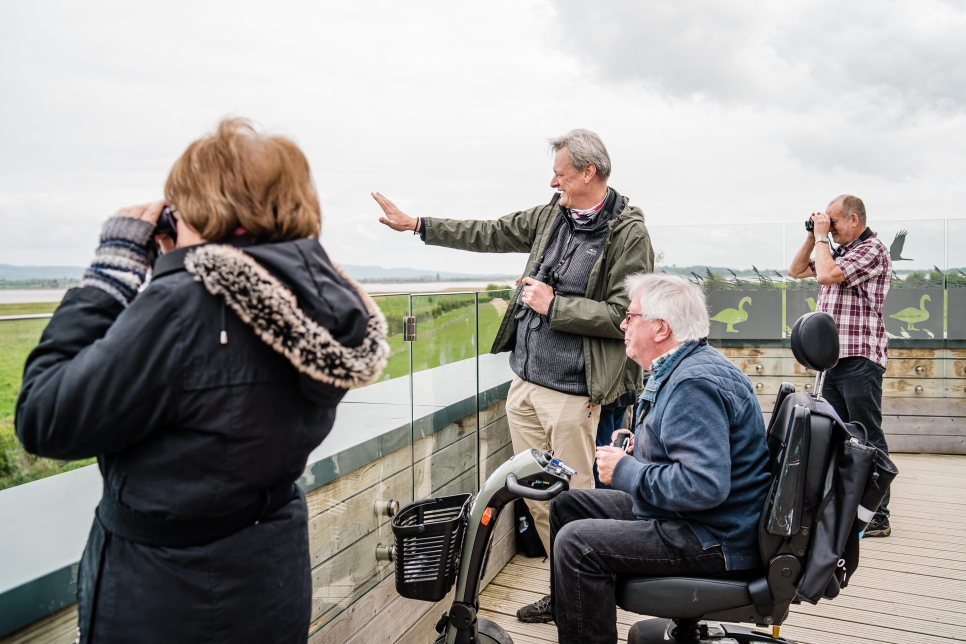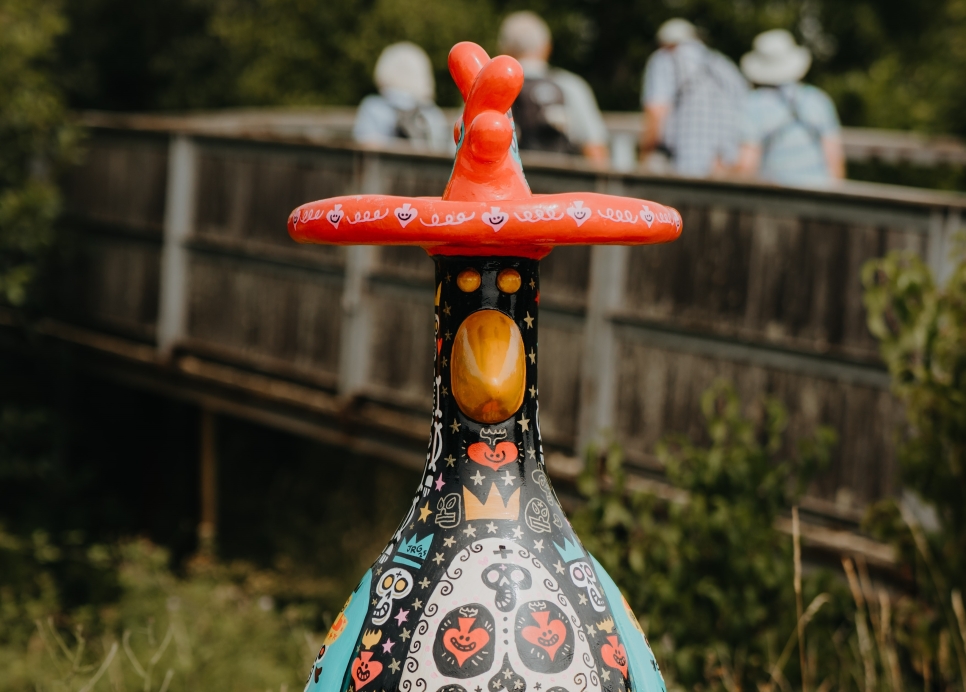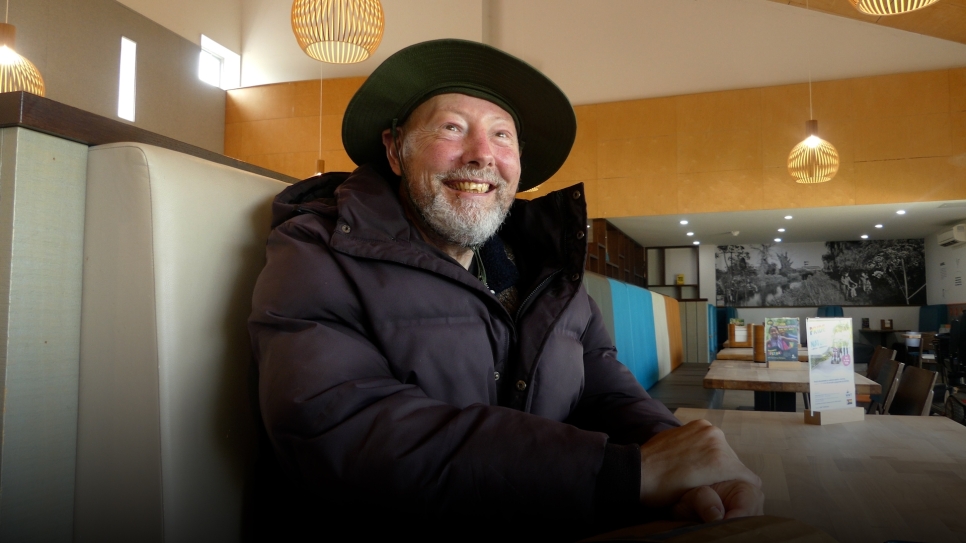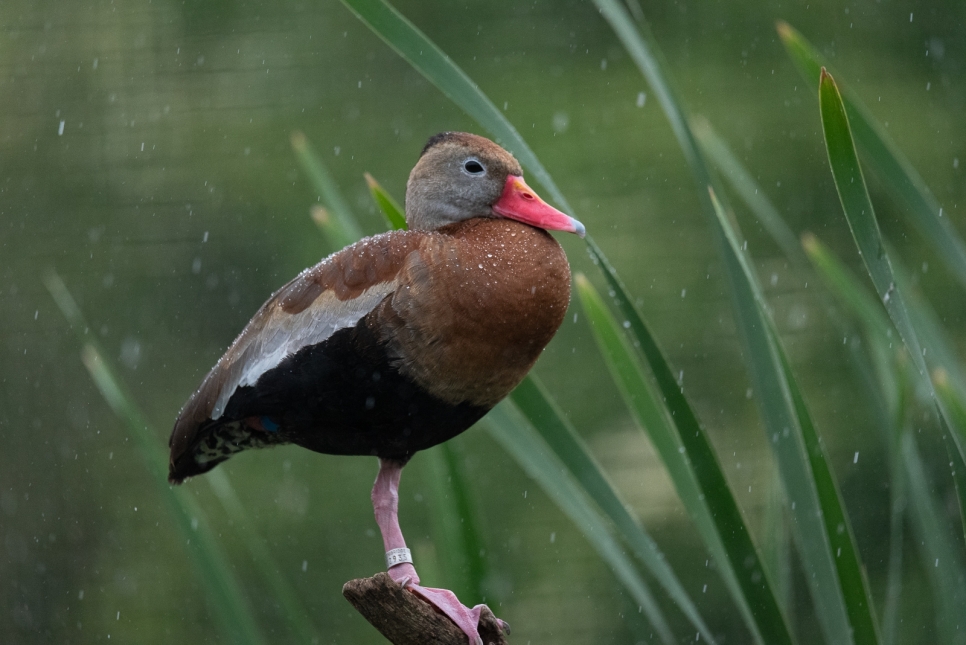Plenty to be chirpy about, Slimbridge survey reveals

Small birds have had a fantastic year, according to our latest year’s ringing at our Constant Effort Site (CES) in the decoy at Slimbridge.
WWT volunteers and staff catch and ring passerines (perching birds) throughout spring and summer as part of a national scheme organised by the British Trust for Ornithology which contributes to the overall monitoring of populations and breeding success.
The latest results have put huge smiles on the faces of our conservationists.
WWT long-term volunteer Maurice Durham has organised the Slimbridge effort since the early 1990s. He said:
“Slimbridge is famous for its geese and swans, but it’s also home to a wealth of other wildlife as these results show.
“We are very pleased to have recorded one of our best years since the study started in 1990. It is important that we record bird populations so that we can ensure our conservation work is well targeted.”
The key factors logged are the number of juvenile birds, the number of adult birds and year to year survivals. These figures are then used to calculate the changes which are happening and to look for the stage of life cycles most affected by environmental change.
Maurice added:
“I think one of the main reasons we had a good year is the weather. What stands out for me is that we had a warm spring. This meant that some resident species started breeding early, as did some of the migrant species which took advantage of good weather to arrive in the country in April.
“As the summer developed, we were fortunate in the south of the country, as we didn’t have any prolonged periods of poor weather, so nestlings weren’t deprived of food or chilled at any point. All of this looks to have given birds the chance to raise a second brood.”
Our experts handled a record number of ‘new for year’ birds, ringing 556 birds – 208 adults and 348 juveniles – and beating our previous best of 529 birds in 1992. This was closely followed by 525 in 2004.
The broad measure of ‘over winter survival’ of 72 birds ringed in previous years was three short of our best ever which was 75 in 1995.
The numbers of adult birds caught showed populations to be above average in general and the numbers of juvenile birds present this year should give a boost to next year’s breeding population.
The standout species was the chiffchaff. 90 juvenile chiffchaffs were caught, exceeding the previous best of 76 (in 1990 and 2011) by some margin.
Also notable were the number of reed warblers monitored. At 34, they only just missed their 2011 peak of 35. All other species were above or close to their long term average.
The total number of 690 bird handlings in 2017 (483 new and 207 retraps) just failed to match our previous best of 691 (477 new and 214 retraps) in 2004, but our experts are lifted by the results.
We have now ringed a total of 10,056 birds in the Decoy and have handled a further 5,123 birds which already had rings on, mostly retraps of our own birds making a grand total of 15,179 birds handled. Bring on 2018!



